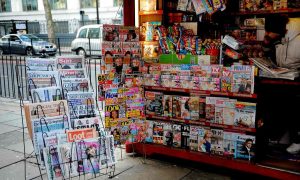How media outlets manipulate Facebook’s algorithm and ad platform
Over the past decade, select media outlets and foreign entities have often manipulated Facebook’s algorithm and ad platform. Judd Legum, who runs Popular Information, an independent newsletter dedicated to accountability journalism did ...



